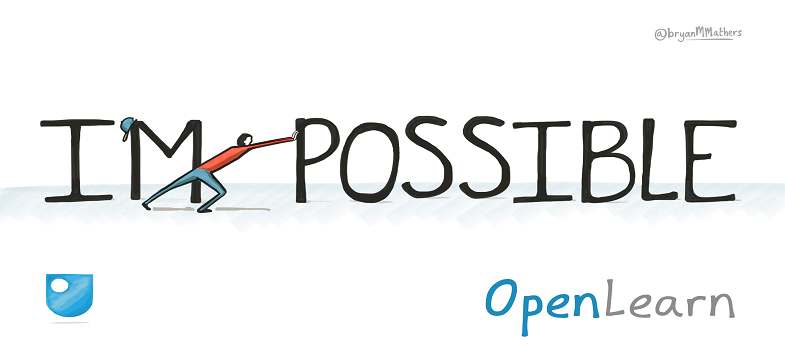9.2 User testing
In addition to having your course reviewed by an editor to check the content, user testing can be useful for various purposes.
You may find it useful to use the following checklist: such as a laptop, a tablet, and a smart phone.
- Navigation: does it work and can users find their way through your course successfully? Are there any dead ends? Is the structure of the course clear? If a learner lands anywhere in the course is it clear where they are?
- Accessibility: have you provided transcripts for all video and audio materials you have uploaded? Are all your in-text links labelled usefully to aid users who are using screenreaders?
- Copyright: do all your images, videos and audio files have suitable captions, acknowledging the source and licensing information if necessary?
- Keeping learners within the course: do you have instructions to view external links in a new tab or window so that learners do not navigate away from the site?
- Technical aspects: if you have any interactive features, do these work? Does the course work across different internet browsers and on mobile technologies, such as tablets and mobile phones? Do all external links work? Do all videos and audio recordings work?
- Alternative formats: if these have been produced for the course, do they all work? Are they easy to find?
- Badges or certificates: do these appear correctly when a test user has completed the course (see ‘8.3 Piloting your course)?
Many of these issues may have been picked up by course authors already and so may not be applicable to your course. However, it is worth noting that the purpose of user testing is to get the course reviewed by someone from the perspective of a learner. Sometimes things that appear obvious to an author are not clear to a learner who is new to the course and perhaps also to online learning.
You may want this testing to be completed by one person, or a group of testers. Ideally, these would be members of your intended audience, who are likely to take the course but who have not have involvement in the development of the course. Like an editor, they will look at the course with a fresh pair of eyes and notice problems that you hadn’t thought about during the production of the course.
It is crucial to schedule any user testing into the production cycle, so that you have time to make any changes which have come out of the testing.
If you have the time and resource, you might want to pilot the course in its entirety to test the whole learner experience. This is looked at in the following section.
9.1 Final review of content

